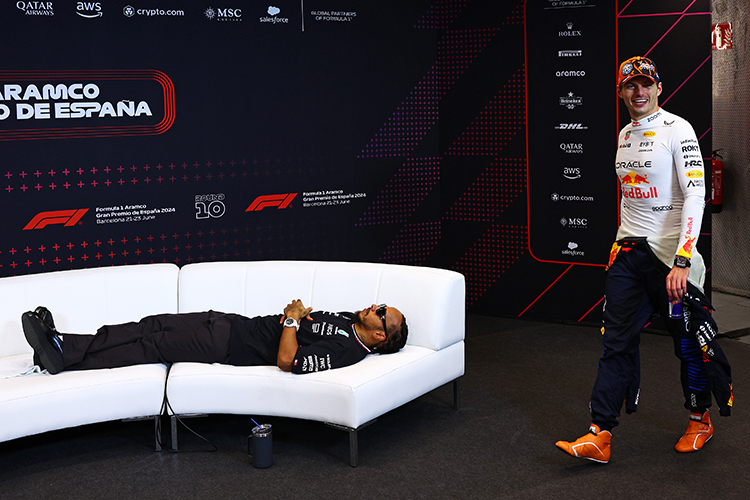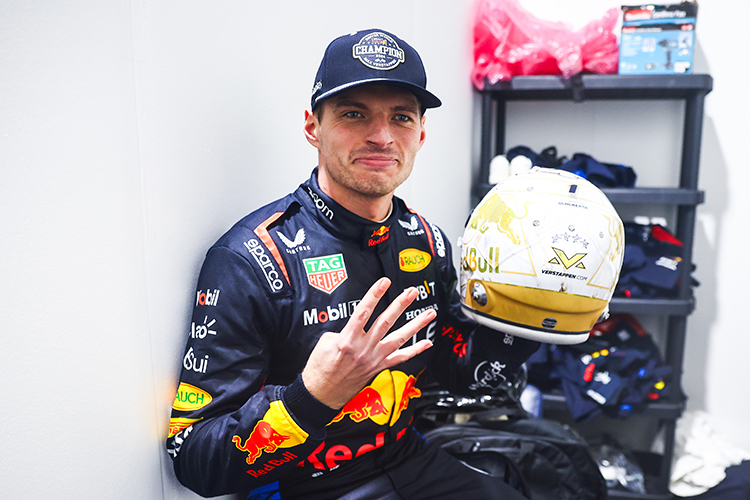Are Old F1 Cars Faster Than Modern F1 Cars?

Formula 1 World Champions: A legacy of racing legends
Are Old F1 Cars Faster Than Modern F1 Cars?
Explore whether old F1 cars are faster than modern F1 cars. Understand the evolution of speed, performance, and technology in Formula 1 racing.
In Formula 1 (F1), speed is at the heart of the sport. Each era of racing has been shaped by technological advancements, new regulations, and innovations in car design. A question that often sparks debate among fans and experts alike is: are old F1 cars faster than modern F1 cars? While the iconic cars of the past, such as those from the 1990s or early 2000s, may be remembered for their raw power and speed, modern F1 cars have evolved significantly, achieving new heights of performance. Let's explore the key factors that shape the speed of both old and modern F1 cars.
1. Raw Speed: Straight-Line vs. Overall Pace
Straight-Line Speed of Old F1 Cars
Older F1 cars, especially those from the late 1980s and early 1990s, were capable of incredible straight-line speeds. Cars equipped with turbocharged engines or massive V10 and V12 engines could achieve top speeds of over 370 km/h (230 mph) on circuits like Monza, known as the "Temple of Speed." For instance, the 1986 Benetton-BMW achieved a top speed of 351 km/h (218 mph) at Monza, a record at the time.
Modern F1 Cars: Speed Evolution
Modern F1 cars, powered by hybrid V6 turbo engines introduced in 2014, achieve slightly lower top speeds, typically between 335 km/h and 350 km/h (208-217 mph). This decrease in top speed is due to a greater focus on fuel efficiency, energy recovery, and sustainability, which prioritize long-term performance over outright straight-line speed.
Conclusion on Top Speed
Older F1 cars were indeed faster in straight-line speed, mainly due to less restrictive engine regulations and the absence of hybrid technology. However, straight-line speed is just one part of the equation—overall lap times and circuit performance are key metrics when comparing old and modern F1 cars.
2. Lap Times and Overall Performance
Aerodynamics and Cornering
While older F1 cars may have been faster in a straight line, modern F1 cars excel in circuit performance. Innovations in aerodynamics, tire technology, and car design allow modern cars to generate much greater downforce, enabling them to corner at higher speeds. For example, modern F1 cars use advanced ground-effect floors and complex wing designs, which provide significantly more grip than the cars of the 1990s and early 2000s.
Tires and Grip
Modern tires, while often critiqued for their fragility, offer superior grip compared to the harder, grooved tires used in previous decades. The tires of the 1990s provided less traction, limiting cornering ability and making it harder for drivers to maintain speed through turns.
Resulting Lap Times
Despite older cars’ higher top speeds, modern F1 cars dominate lap records. For example, the lap time at Silverstone improved from 1:18.739 in 2004 to 1:24.303 in 2019, even though the difference in straight-line speed was minimal.
3. Power Unit Evolution
Classic V10 and V12 Engines
In the 1990s and early 2000s, F1 cars were powered by V10 and V12 engines, which could produce over 900 horsepower and rev up to 20,000 RPM. These engines were known for their thrilling sound and explosive acceleration.
Modern Hybrid Engines
Today’s F1 cars use hybrid V6 turbo engines that combine internal combustion with energy recovery systems. These engines generate over 1,000 horsepower, thanks to the MGU-K (kinetic energy recovery) and MGU-H (heat recovery) systems. While they rev at lower RPMs (12,000–15,000), they offer greater torque and efficiency, providing superior acceleration out of corners and consistent performance across laps.
Conclusion on Power
Older F1 engines were raw and high-revving, but modern hybrid engines generate more total horsepower when considering the electric components. The shift toward sustainability has resulted in a more balanced approach to power, blending efficiency with speed.
4. Technological Impact on Driving Styles
Manual vs. Semi-Automatic Gearboxes
Older F1 cars required drivers to use manual gearboxes, which demanded skillful gear shifting and more concentration, especially in tight corners. This made the driving experience more hands-on and error-prone. Modern F1 cars, on the other hand, use semi-automatic gearboxes and paddle shifters, allowing for faster gear changes and greater focus on car balance and race strategy.
Driver Aids and Telemetry
Modern F1 cars benefit from sophisticated telemetry systems that provide teams with real-time data on tire wear, fuel usage, and car settings. This allows drivers to adjust various car parameters mid-race for optimal performance. In contrast, older cars required more reliance on the driver’s raw instincts and mechanical intuition.
5. Regulations and Weight Differences
Weight Differences
Older F1 cars were lighter, with a typical car from the early 2000s weighing around 600 kg (1,322 lbs). Today’s cars, under the 2023 regulations, must weigh at least 798 kg (1,759 lbs), excluding fuel. The increase in weight is largely due to the addition of hybrid systems, safety features like the Halo device, and larger wheels (18-inch versus 13-inch).
Regulations
Modern F1 cars are also governed by stricter regulations regarding fuel usage, car dimensions, and aerodynamics. These regulations are designed to promote sustainability and safety, limiting the design flexibility teams once had.
Conclusion: Are Old F1 Cars Faster?
In terms of raw straight-line speed and the power of V10 and V12 engines, older F1 cars were indeed faster. However, when considering overall lap times, cornering performance, and modern technology, today's hybrid F1 cars are significantly faster. With advanced aerodynamics, hybrid power units, and precision engineering, modern F1 cars outperform their predecessors in most aspects of racing.
Both eras offer unique thrills—old F1 cars for their raw power and the visceral experience of racing, and modern F1 cars for their technological prowess and unmatched efficiency on the track. Ultimately, while older F1 cars may have been faster in some areas, today's machines are the fastest F1 cars in history, delivering superior performance and innovation.
Up Next


